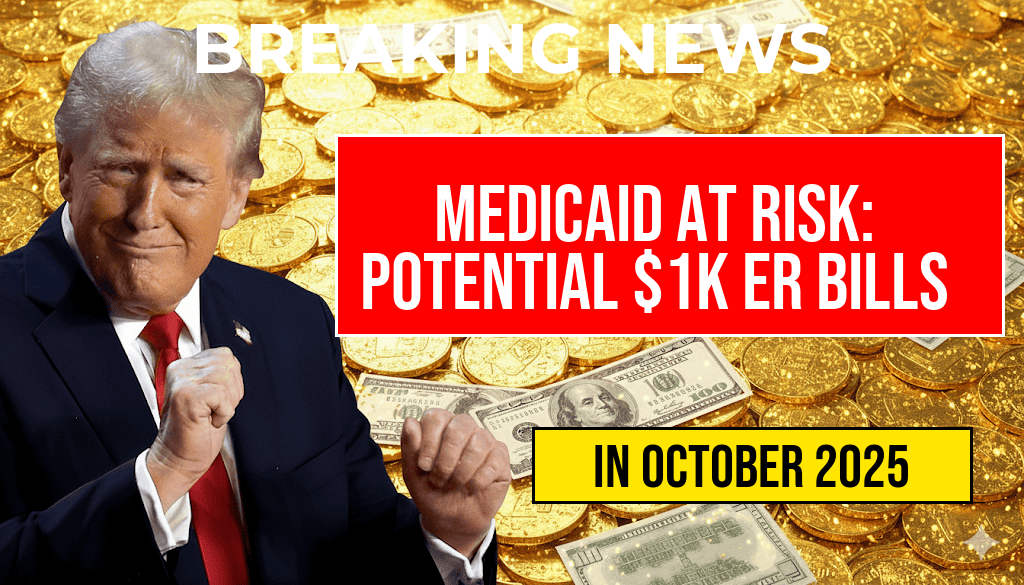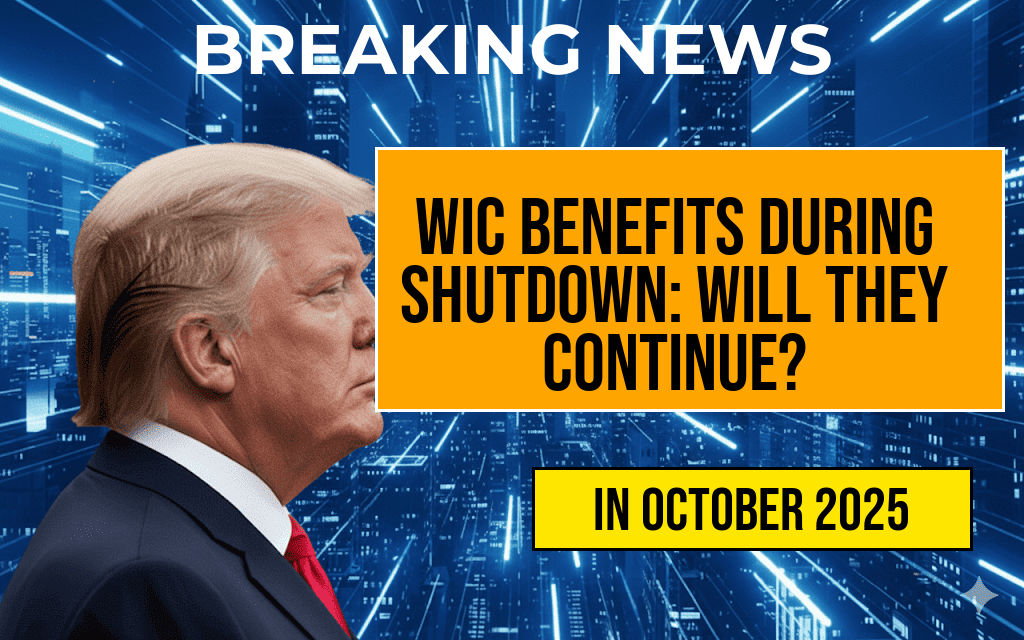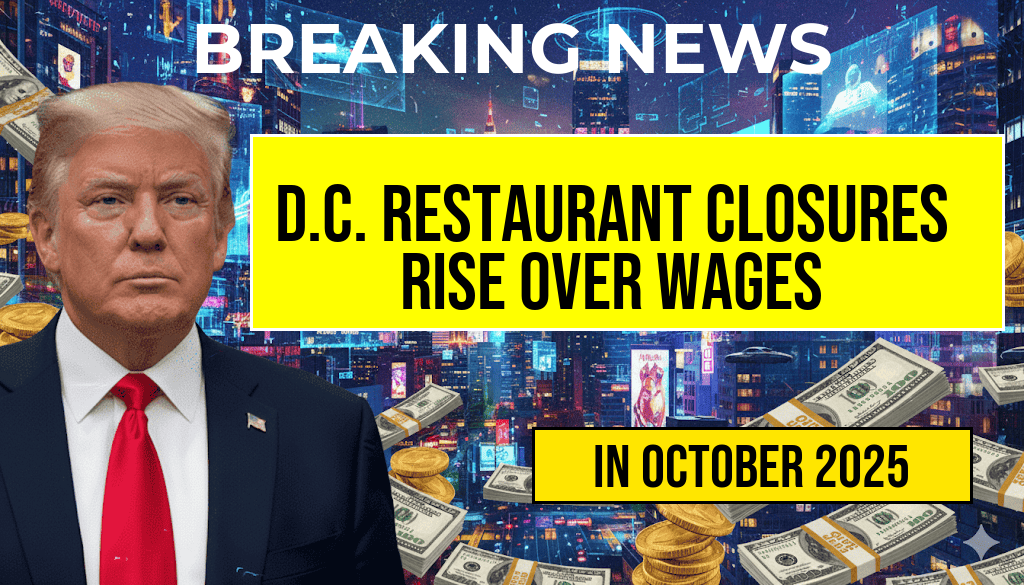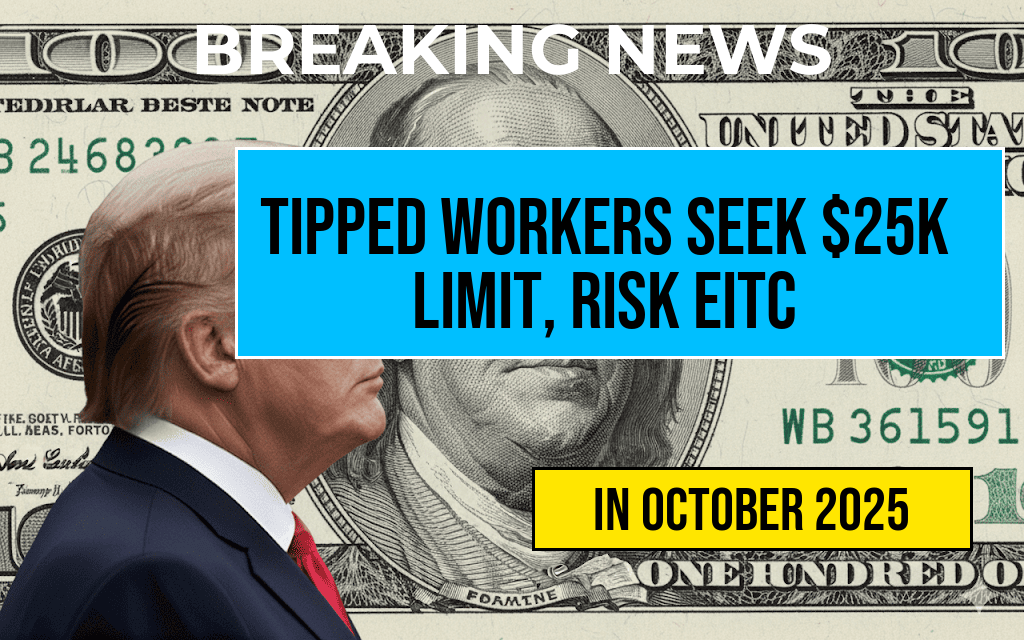Medicaid Faces Uncertain Future as CBO Warns of Potential Coverage Loss Due to $1,000 Emergency Room Bills
Recent analysis from the Congressional Budget Office (CBO) raises alarms over the stability of Medicaid, projecting that millions of vulnerable Americans could lose their health coverage if new policies or economic shifts lead to widespread exposure to large emergency room bills. The report warns that without safeguards, many Medicaid beneficiaries—particularly those in low-income brackets—may face unexpected expenses exceeding $1,000 for emergency care, threatening their financial stability and access to essential health services. As policymakers debate reforms and funding allocations, these projections highlight the critical need to address gaps in coverage that could disproportionately impact marginalized populations.
Understanding the CBO’s Projections
The CBO analysis underscores a potential surge in out-of-pocket costs for Medicaid recipients should certain policy changes occur or if economic conditions worsen. Specifically, the report estimates that approximately 3 to 5 million Americans enrolled in Medicaid could face losing coverage or skipping necessary care due to prohibitive ER bills. This figure is based on models that incorporate recent trends in healthcare pricing, Medicaid eligibility adjustments, and potential policy shifts that could introduce or expand cost-sharing requirements.
One key concern is the possibility of increased co-payments and deductibles, which historically have been kept low to ensure access for the most vulnerable populations. If these costs rise significantly, many beneficiaries may be deterred from seeking emergency services, potentially leading to worse health outcomes and higher long-term healthcare costs.
Potential Impacts on Vulnerable Populations
Medicaid primarily serves low-income families, seniors, and individuals with disabilities. The report emphasizes that these groups are especially susceptible to financial hardship caused by unexpected medical bills. For many, a sudden $1,000 ER bill could mean the difference between maintaining stable housing and facing eviction, or between accessing necessary medications and going without.
| Scenario | Estimated Beneficiaries Affected |
|---|---|
| Increased ER co-payments (> $1000) | Approximately 2.8 million |
| Policy shifts reducing eligibility or tightening income thresholds | Up to 5 million |
| Economic downturn increasing uninsured ER visits | Varies, potentially 3–4 million |
Policy Debates and Legislative Responses
Lawmakers face mounting pressure to balance fiscal responsibility with the imperative to maintain healthcare access for the most vulnerable. Some proposals aim to introduce caps on out-of-pocket costs for Medicaid recipients, while others seek to tighten eligibility criteria, which could inadvertently exclude those who need coverage most.
- Expanding Medicaid protections: Several advocates urge Congress to implement policies that shield beneficiaries from catastrophic ER bills, emphasizing the importance of preventive care and timely treatment.
- Addressing healthcare inflation: Discussions include strategies to curb rising healthcare costs, which directly influence emergency room charges and overall Medicaid expenditures.
- Enhancing outreach and enrollment support: Ensuring eligible individuals are enrolled and retained in Medicaid could mitigate coverage gaps exacerbated by financial or administrative barriers.
Broader Economic and Health Implications
The potential erosion of Medicaid coverage carries significant repercussions beyond individual financial hardship. When individuals forego emergency care due to cost concerns, hospitals often absorb the expense, leading to increased uncompensated care costs. This, in turn, can drive up healthcare premiums and taxes, impacting the broader economy.
Furthermore, untreated health issues can escalate, resulting in higher rates of hospitalization, chronic disease complications, and preventable mortality. The economic burden extends to public health systems and local communities, underscoring the importance of preventative policies that maintain access to affordable care.
Sources and Further Reading
- Medicaid – Wikipedia
- Forbes – CBO Warns of Medicaid Coverage Risks
- Congress.gov – Legislation on Medicaid
Frequently Asked Questions
What is the main concern regarding Medicaid in the recent CBO report?
The CBO warns that millions of Americans could lose their Medicaid coverage due to potential $1,000 ER bills and policy changes, risking increased healthcare insecurity.
How could $1,000 ER bills impact Medicaid recipients?
High ER bills like $1,000 may lead to financial hardship for Medicaid recipients, potentially causing some to lose coverage or avoid seeking necessary emergency care.
What are the potential policy changes threatening Medicaid coverage?
The CBO highlights possible policy shifts, such as work requirements or state-level restrictions, which could result in loss of coverage for many eligible individuals.
How might losing Medicaid coverage affect vulnerable populations?
Individuals relying on Medicaid for essential healthcare may face delayed or foregone treatment, leading to worsened health outcomes and increased health disparities.
What can policymakers do to prevent coverage loss due to ER bills?
Policymakers can consider protective measures such as waiving certain bills, expanding coverage, and addressing financial barriers to ensure ongoing access to healthcare.










